-
Courses
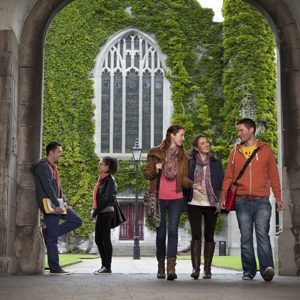
Courses
Choosing a course is one of the most important decisions you'll ever make! View our courses and see what our students and lecturers have to say about the courses you are interested in at the links below.
-
University Life
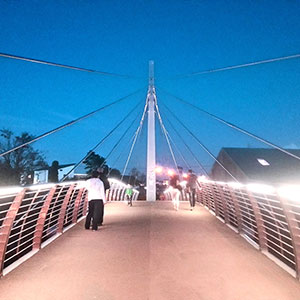
University Life
Each year more than 4,000 choose University of Galway as their University of choice. Find out what life at University of Galway is all about here.
-
About University of Galway
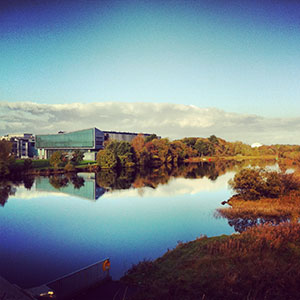
About University of Galway
Since 1845, University of Galway has been sharing the highest quality teaching and research with Ireland and the world. Find out what makes our University so special – from our distinguished history to the latest news and campus developments.
-
Colleges & Schools
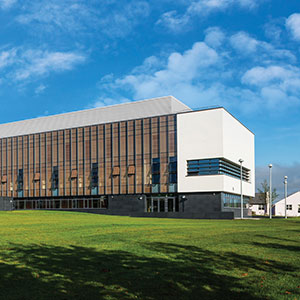
Colleges & Schools
University of Galway has earned international recognition as a research-led university with a commitment to top quality teaching across a range of key areas of expertise.
-
Research & Innovation
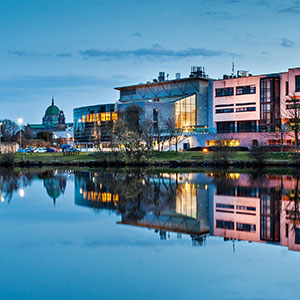
Research & Innovation
University of Galway’s vibrant research community take on some of the most pressing challenges of our times.
-
Business & Industry
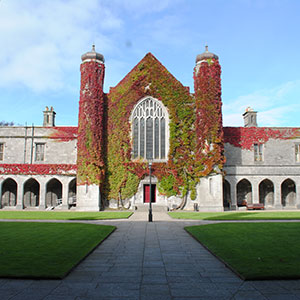
Guiding Breakthrough Research at University of Galway
We explore and facilitate commercial opportunities for the research community at University of Galway, as well as facilitating industry partnership.
-
Alumni & Friends
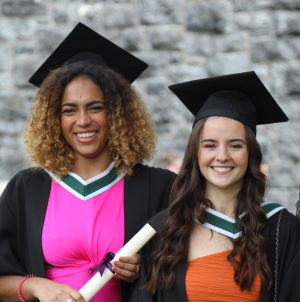
Alumni & Friends
There are 128,000 University of Galway alumni worldwide. Stay connected to your alumni community! Join our social networks and update your details online.
-
Community Engagement
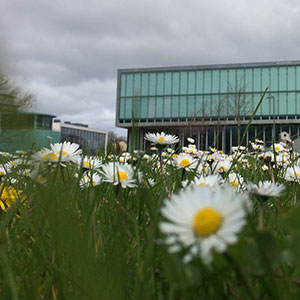
Community Engagement
At University of Galway, we believe that the best learning takes place when you apply what you learn in a real world context. That's why many of our courses include work placements or community projects.
April New research suggests passage tombs of Brú na Bóinne served as sophisticated solar observatories
New research suggests passage tombs of Brú na Bóinne served as sophisticated solar observatories
New research by University of Galway suggests that the great passage tombs of the Brú na Bóinne World Heritage Site may have served as significant solar observatories - the backdrop to regional gatherings, religious festivals and monumental construction more than 5000 years ago.
The alignment of Newgrange to winter and summer solstice phenomena, Knowth to a ‘perceived’ autumnal equinox and Dowth to a winter solstice sunset, reveal a more complex so-called ‘cosmic calendar’ of Neolithic ritual events than had been previously recognised.
Further insight on the analysis can be read at The Brú na Bóinne Research Project - University of Galway
Built by Neolithic communities around 3,200 BC, the passage tomb at Newgrange is celebrated worldwide for the fact that its chamber, buried deep in the core of the mound, is illuminated annually by the rays of the rising sun at the winter solstice. It is ringed by 97 large kerbstones, some elaborately engraved with megalithic art.
Joe Fenwick, Archaeological Field Officer with the School of Geography, Archaeology and Irish Studies at University of Galway, has offered new insights into the carvings found on entrance stone to Newgrange and Kerbstone 52 at the rear of the structure, which effectively bookend the tomb alignment, marking the winter sunrise and summer sunset solstices respectively.
His analysis further suggests that these carvings are not merely decorative, but had specific meaning and significance in relation to the solar phenomena of the shortest and longest days of the year.
Mr Fenwick explains: “It is well known that the passage tomb at the heart of Newgrange is aligned to sunrise at the winter solstice. However, the spiral artwork on the kerbstones mark both the winter solstice and the summer solstice. It would also suggest that Newgrange probably had annual gatherings to mark both the winter and summer solstices.”
The new analysis and observations of the megalithic art on the entrance stone to Newgrange have revealed a novel interpretation of its meaning and significance.
A vertical line at the centre of the stone marks the alignment of the tomb to the winter solstice.
The spirals to the left of the line wind clockwise inwards towards their centre, representing the shortening journeys of the sun across the sky, from the height of summer to the shortest day at the winter solstice.
The spirals to the right of this line, however, spiral clockwise outwards from the centre and so represent the lengthening of the solar journeys across the sky from the shorter winter days towards the summer solstice.
Mr Fenwick continued: “In short, it is an abstracted representation of the annular solar cycle centred on the winter solstice. This is the first time that the artwork has been interpreted in this way, and it changes how we view Newgrange and the people who built it. Newgrange could be thought of as a sophisticated solar observatory, as well as a cathedral for worship and ritual.”
These findings are presented in a chapter entitled "Unravelling the Spiral: Passage Tomb Alignment, Related Kerbstone Art, and Cycles of Monumental Construction at Brú na Bóinne", featured in the recently published book People, Prehistory, and the Past: Essays in Honour of John Waddell, (Four Courts Press, 2025).
The book is dedicated to Professor Waddell, the Emeritus Professor of Archaeology at University of Galway, and a highly respected figure in Irish and international archaeology. It brings together contributions from colleagues with ties to the University’s Discipline of Archaeology.
Edited by Michelle Comber and Kieran O’Conor, the book includes a range of significant new research spanning subjects from prehistoric landscapes, decorative goldwork and artefact distributions to medieval lordships, ogham inscription, and the remarkable contribution of some pioneering female archaeologists.
The book was officially launched at Claregalway Castle by University of Galway Interim Deputy President and Registrar, Professor Becky Whay, earlier this month and a copy was also presented to the President of Ireland, Michael D. Higgins, at Áras an Uachtaráin (see: News, Events, Social Media & Spring Lunchtime Lecture Series - University of Galway).
Ends















